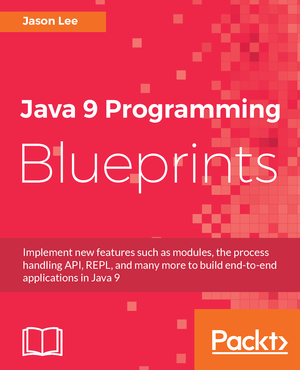2022
January
-
Testing with Quarkus, jOOQ, and Testcontainers Redux
In a recent post, I showed how one could fairly easily test your Quarkus application against a Testcontainers-managed Postgres database. While that works great, my set up is a little more complex, and I found the solution lacking. In a nutshell, as part of my build, I use Flyway with H2 to create a schema, then jOOQ’s code generation against H2 to create the needed classes. That all worked well enough until I found some types that didn’t quite map correctly against newer versions of H2 (a security issue necessitated the update), so I decided I should finally make use of the same database from start to finish. In this post, I’ll show how I did it.
2021
December
-
Testing with Quarkus, jOOQ, and Testcontainers
In a project I’ve been working on, I’ve been targeting PostgreSQL, but testing with H2. While that works, I’m a big fan of having the test environment match production as much as possible. That said, I don’t like to have external system dependencies for tests, such as requiring having a database installed. That’s where Testcontainers comes in. In this post, I’ll look at how I integrated Testcontainers into my Quarkus+jOOQ project
2020
May
-
Hands-free Flyway and jOOQ
Recently, I started working on a new project and I wanted to give Jooq a go. I also wanted to integrate Flyway: I wanted jOOQ to generate its various classes based off the database schema, and I want to Flyway to create that schema. That’s all easy enough, but I’m resisting, right now, committing the generated classes to source control (to avoid the churn and additional maintenance), so how do I make that happen with as little work as possible? How do I make it work in a CI environment? Thanks to Maven, the answer is lots and lots of XML. :) Let’s take a look…
 My name is Jason Lee. I am a software developer living in the middle of Oklahoma. I’ve been a professional developer since 1997,
using a variety of languages, including Java, Javascript, PHP, Python, Delphi, and even a bit of C#. I currently work for Red Hat
on the WildFly/EAP team, where, among other things, I maintain integrations for some MicroProfile specs, OpenTelemetry, Micrometer,
Jakarta Faces, and Bean Validation. (Full resume
My name is Jason Lee. I am a software developer living in the middle of Oklahoma. I’ve been a professional developer since 1997,
using a variety of languages, including Java, Javascript, PHP, Python, Delphi, and even a bit of C#. I currently work for Red Hat
on the WildFly/EAP team, where, among other things, I maintain integrations for some MicroProfile specs, OpenTelemetry, Micrometer,
Jakarta Faces, and Bean Validation. (Full resume 